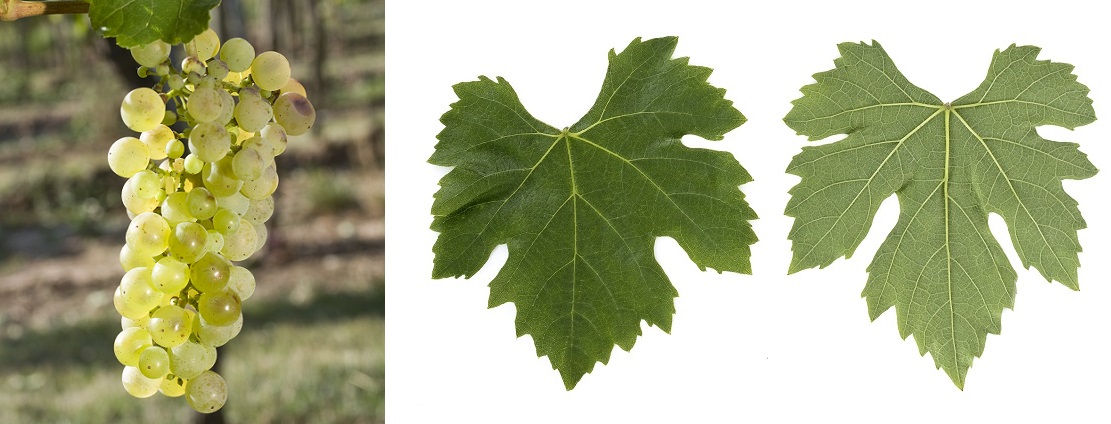The white grape variety originates from the Moldavia/Romania border region. The very old variety has probably spread from the historical region of Moldavia to Transylvania and Hungary. Synonyms grouped alphabetically by country are Weiße Mädchentraube (Germany, Austria); Fetyaska Byala (Bulgaria); Fetișoară, Păsărească Albă, Poamă Fetei, Poamă Fetei Albă, Văratic (Moldavia); Baratik, Fetișoară, Păsărească Albă(Romania); Dievcie Hrozno (Slovakia); Divci Hrozen (Czech Republic); Fetiaska Belii, Fetyaska Alba (Ukraine); Janiszölö, Leányka, Leányka Szölö, Mädchentraube (Hungary).

The parentage (parentage) is unknown. There are great morphological similarities with the Hungarian variety Leányka (engl. girl). According to DNA analyses carried out in 1999 (F. Regner) and 2009 (Z. Galbács), they are supposed to be two independent varieties (they are also listed as independent in Kym Anderson 's statistics). According to Dr. Erika Maul (Julius Kühn-Institut), however, the DNA profiles are identical, therefore only one variety is listed in the VIVC catalogue. According to DNA analyses, the assumption that Fetească Albă is a colour mutation of the red variety Fetească Neagră (or vice versa) was refuted. Direct descendants of Fetească Neagră are the varieties Rosina (2) and Zefír.
The medium-maturing vine is susceptible to botrytis, both types of powdery mildew and mites, but frost-resistant to minus 20 °Celsius. It yields alcohol-rich, aromatic white wines with moderate acidity and aromas of citrus and peach. In Romania, it is cultivated in all regions, but mainly in Moldova in the east and Transilvania in the centre. It is an ingredient in the famous sweet wine of Cotnari and is vinified as a single variety. The Romanian vineyard area is 12,428 hectares. In Moldova, it occupies 954 hectares and is often used for sparkling wine production here. There are also small populations in Slovakia and Hungary (although here it is often confused with Leányka). The variety occupied a total of 13,382 hectares of vineyards in 2016, with a downward trend. It is thus ranked 56th in the global grape variety ranking (Kym Anderson).
Source: Wine Grapes / J. Robinson, J. Harding, J. Vouillamoz / Penguin Books Ltd. 2012.
Images: Ursula Brühl, Doris Schneider, Julius Kühn-Institut (JKI)
Voices of our members

Serious sources on the internet are rare - and Wine lexicon from wein.plus is one such source. When researching for my articles, I regularly consult the wein.plus encyclopaedia. There I get reliable and detailed information.
Thomas Götz
Weinberater, Weinblogger und Journalist; Schwendi